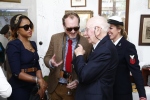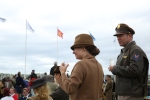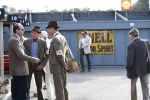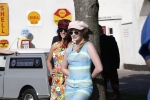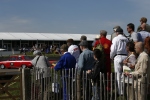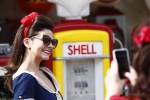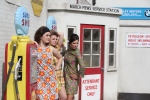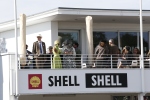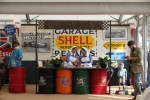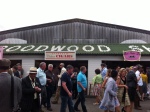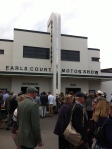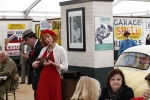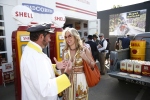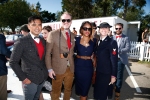It happens very rarely that the S&G gets to review a product, so here is rather a special one: the MBM Honolulu bicycle.
Britain has gone somewhat dotty for velocipedes in recent years. There were the ‘Boris bikes’ introduced to get people around London in an environmentally-friendly fashion, of course, and also a vast surge in interest that followed Bradley Wiggins’s victory in the Tour de France. Throw in the heroics of Team GB in the Olympic Games of London 2012 and Rio 2016 for good measure and cycling has become big business for Britain.
To digress for a moment, this latter success has given rise to a rather troubling phenomenon: the Saturday cyclists. Round our way you will find many stockbrokers and similar who believe that no other road user’s weekend is complete without staring at an untidy peloton of their lycra-clad bottoms lined up three- or four-abreast. The Highway Code is a wonderful thing…
Be that as it may, there are many different schools of cycling these days. There are the road racers, the uphill mountain bikers (front suspension only), the downhill mountain bikers (suspension here, there and everywhere), the BMXers and the commuters on their hybrids. But retro cyclists? Really?
Why, yes! Welcome to the world of the Beach Cruiser. As you can see in the picture above, these things are to pedal cycles what café racers are to motorbikes.
The design of Beach Cruisers harks back to the designs of the Schwinn company in the early 1930s. After the onset of the Great Depression, the booming market for motorcycles and bicycles dried up and Schwinn decided to try and graft the sexiness of a motorbike onto its pedal-powered brethren – resulting in an affordable bicycle designed for the youth market – the Schwinn B-10E Motorbike.
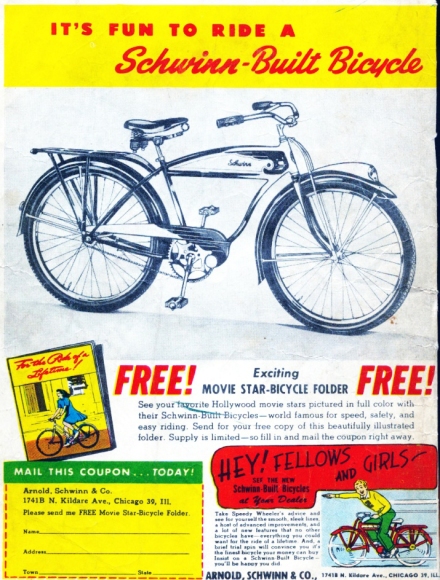
Today, Schwinn bikes are still available in America’s big discount stores like Wal-Mart. They have balloon tyres, single speed gears, an upright riding position and all-metal construction. Their style is their winning feature – and that style is now available on this side of the Atlantic, too.
The example above is from a relatively recent name in cycling: MBM Cicli of Italy. Across its range of bikes, MBM caters to retro tastes and various budgets – the Honolulu model tested here being in the sub-£200 bracket.
Bicycle magazines and websites tend to steer clear of this sort of bike, which is undeniably cheap and generally only available by mail order. Writing an MBM off as tat would be a mistake, however.
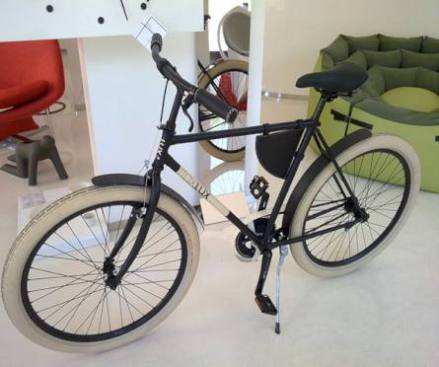
The MBM Maxilux is a more modern Beach Cruiser in the range
Perhaps they are a bit basic, but the example tested was very comfortably sprung on the posterior. That counts for a lot. It’s been 30 years since the S&G covered any distance under pedal power, but the five miles in this test passed very easily – and with more than a few admiring glances.
“What a pretty bicycle!” said a lady walking past as the S&G was busily wrestling with a puncture at the roadside. One forgets just how often that delays of this sort can happen. Such delays are less fun now than I remembered from 30 years ago… although the admiring lady found it amusing.
“My friend’s got one like that,” said the helpful chap in Halfords who sold me a new inner tube. “He puts it in his VW Camper.” That made sense as a use for one of these things.
When it was vertical and had air in its tyres, the Italian origins of the MBM percolate through loud and clear. For one thing it has gears – Beach Cruisers generally don’t, but this one was intended to pedal around on the streets of Perugia rather than the seafront at Santa Monica.
The 6-speed gear set is operated, rather sweetly, from a twisting mechanism on the handlebars like an old Raleigh Grifter from the 1970s that will doubtless be familiar to many readers. For novices and amateurs, in which your scribe is included, this minimises the chance of throwing the chain off with inaccurate gear selection – very wise.
It is not by any means a racy bike by modern standards. It’s all metal and weighs a thumping 18kg – two hands and a bit of heaving are needed to lift both wheels off the ground. That weight can have its advantages, though. For one thing, if any motorist throws their door open without looking, it is probably the door and not the cyclist that will suffer more damage. Also, it’s too slow to encourage any peloton piracy!
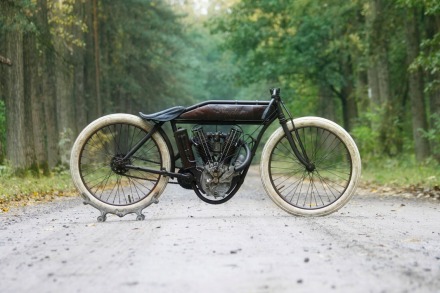
A vintage Indian board racer – an undoubted source of inspiration for the MBM bike
For pottering around at a period-flavoured event like the Brooklands Reunion or the Goodwood Revival it is just the ticket. After all, an XK120 or a Bugatti T35 tends to put a bit more of a dent in one’s budget than a mail-order bicycle – and a VW Camper does too – so this might get you into the paddock for a more reasonable outlay.
Away from the big retro ‘meets’ of the year, bikes like the MBM can still make a fine companion… provided, that is, not too many hills are involved,
For all its chic appeal there’s no obvious reason not to use a bike like this every day. The wheels were a bit out of shape (easily fixed by altering the tension on the spokes) and you’ll need to fit lights and a luggage rack to make it a regular ride.
But a bike like this means parking one’s bottom on smoothing that comes with more than a whiff of heroic racers from the past. It might even become this season’s must-have accessory – and deservedly so too.





